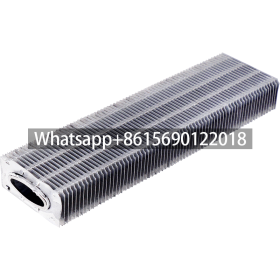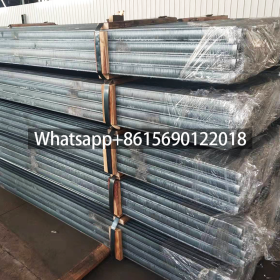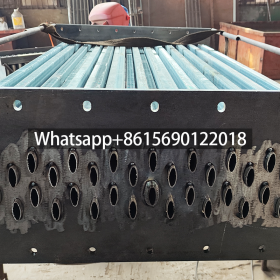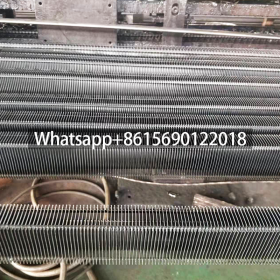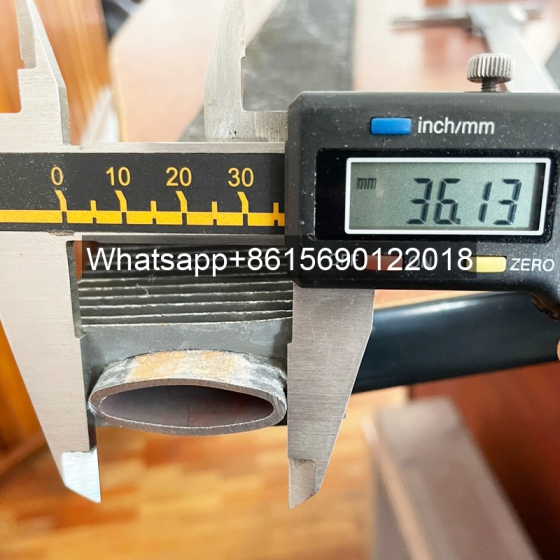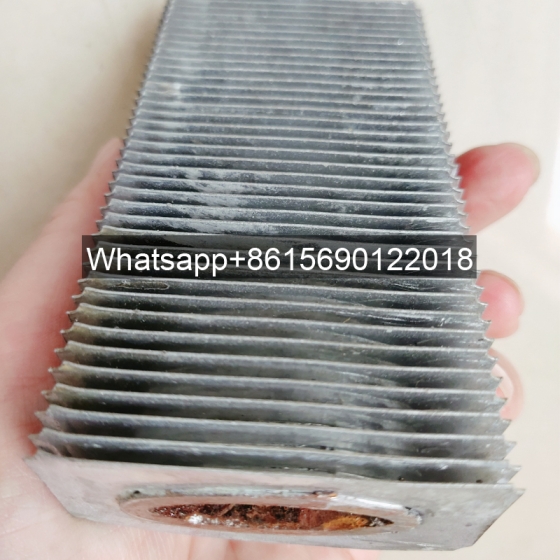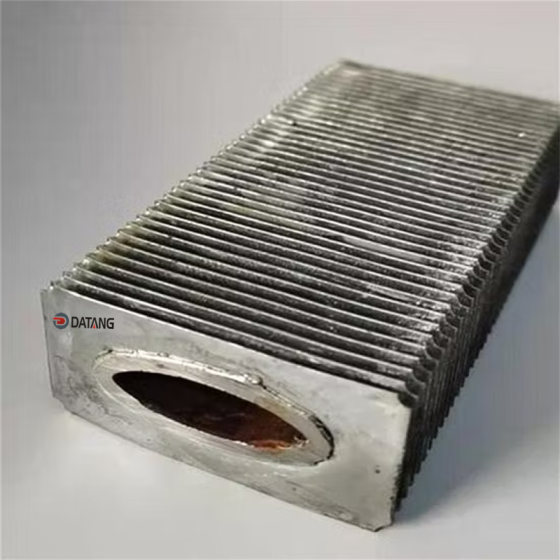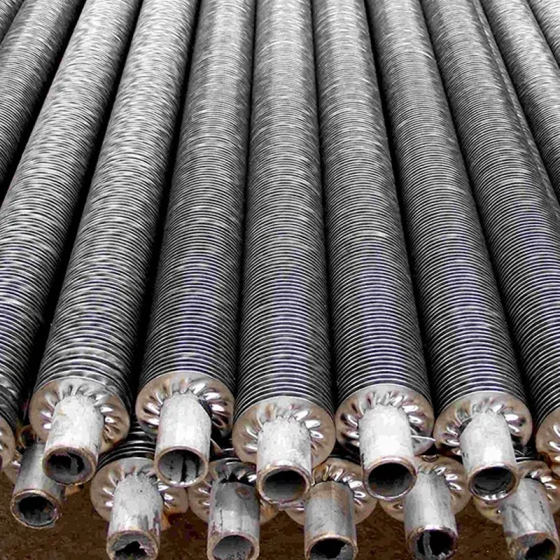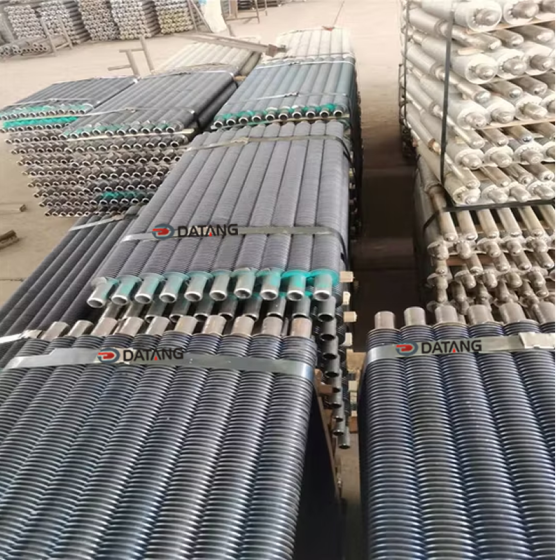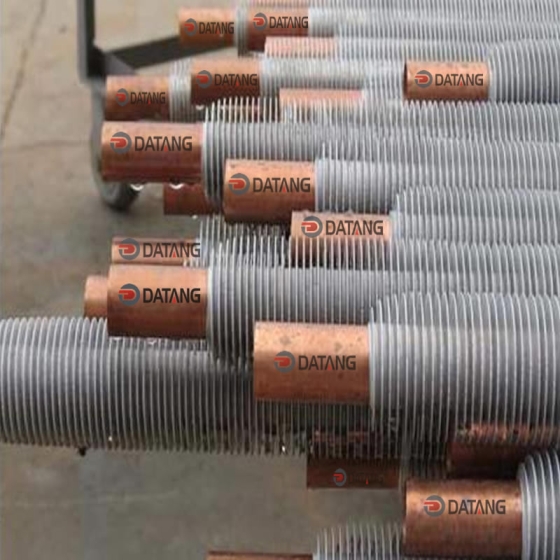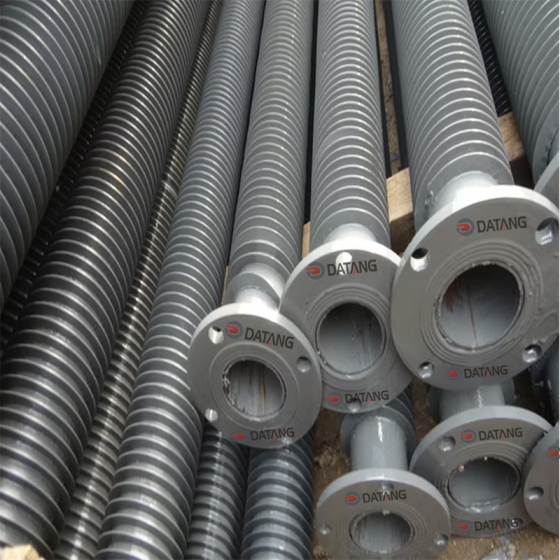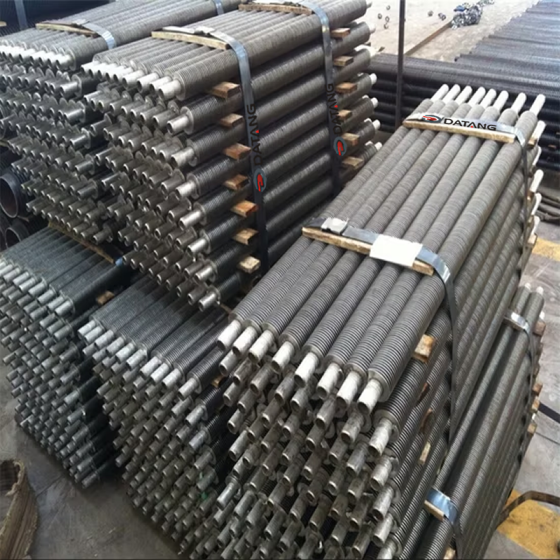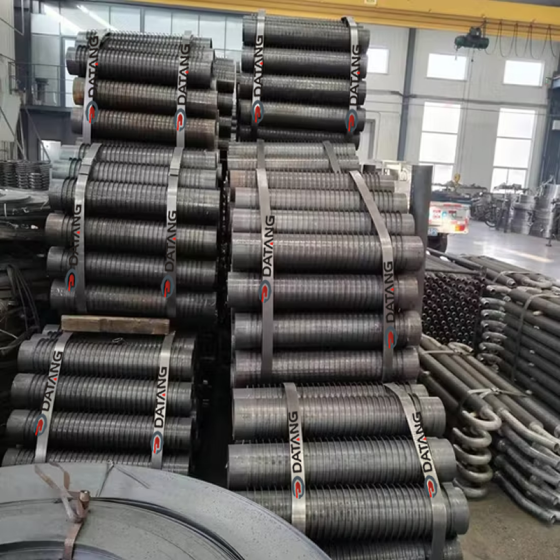Elliptical Finned Tubes: Material Specifications, Features, Advantages, and Applications
Introduction
Elliptical finned tubes are advanced heat exchange components widely used in industrial and energy systems due to their superior thermal efficiency and compact design. Combining an elliptical base tube with external fins, they optimize heat transfer while minimizing energy loss and space requirements. This article explores their material specifications, key characteristics, advantages, and real-world applications.
Elliptical finned tubes Material Specifications
Elliptical finned tubes are manufactured using high-performance materials to meet diverse operational demands:
1. Base Tube Materials
Stainless Steel (SS 304/316): Ideal for corrosive environments (e.g., chemical processing).
Carbon Steel (ASTM A179/A192): Cost-effective for high-temperature applications.
Copper/Copper Alloys (C12200, C70600): Excellent thermal conductivity for HVAC and refrigeration.
Aluminum Alloys (6061/6063): Lightweight and corrosion-resistant for air-cooled systems.
2. Fin Materials
Aluminum Fins (Al 1100/3003): High thermal conductivity and lightweight.
Stainless Steel Fins: For extreme temperatures or corrosive media.
Galvanized Steel Fins: Enhanced corrosion resistance via zinc coating.
3. Dimensions
Base Tube Sizes: Minor axis: 10–50 mm; major axis: 20–100 mm.
Fin Height: 5–25 mm; fin thickness: 0.3–1.5 mm.
Fin Density: 80–400 fins per meter, depending on application.
Oval Fin tube Key Features
1. Aerodynamic Design
The elliptical shape reduces air/fluid resistance by 15–25% compared to circular tubes, lowering fan/pump energy consumption.
2. Enhanced Heat Transfer
Larger Surface Area: Fins increase the effective heat exchange area by 3–8x versus bare tubes.
Optimized Flow Dynamics: Elliptical geometry minimizes boundary layer thickness, improving convective heat transfer coefficients by 10–20%.
3. Compact and Lightweight
Elliptical tubes occupy 20–30% less space than circular equivalents, enabling smaller heat exchangers.
4. Corrosion Resistance
Materials like stainless steel and hot-dip galvanized coatings ensure durability in harsh environments (e.g., marine or chemical exposure).
Elliptical finned tubes Advantages Over Circular Finned Tubes
Energy Efficiency: Reduced pressure drop cuts operational costs by 10–15% in air-cooled systems.
Fouling Resistance: Smooth elliptical surfaces resist particulate buildup, reducing maintenance frequency.
Versatility: Adaptable to viscous fluids, high-temperature gases, or condensing processes.
Longevity: Robust welding techniques (e.g., high-frequency welding) ensure fin-to-tube bond integrity under thermal cycling.
Elliptical finned tubes Oval Fin tube for heat exchanger Case Studies
Case 1: Petrochemical Refinery Cooling System
Application: Cooling hydrocarbon vapors in a distillation column.
Specifications: Stainless steel (SS 316) elliptical tubes with aluminum fins (200 fins/m).
Outcome: Achieved 25% higher heat transfer efficiency and 18% lower energy use compared to traditional circular finned tubes.
Case 2: Power Plant Direct Air-Cooled Condenser
Application: Steam condensation in a 300 MW coal-fired plant.
Specifications: Hot-dip galvanized carbon steel tubes with 15 mm fin height.
Outcome: Reduced water consumption by 95% and cut capital costs by 12% through compact module design.
Case 3: Food Processing Heat Recovery Unit
Application: Waste heat recovery from exhaust gases.
Specifications: Aluminum elliptical tubes with staggered fin arrangement.
Outcome: Improved thermal recovery rate by 30%, enabling annual energy savings of $120,000.
Elliptical finned tubes Future Trends
Innovations focus on bimetal elliptical tubes (e.g., aluminum-clad steel) for higher thermal conductivity and hybrid fin geometries (e.g., wavy or perforated fins) to further enhance turbulence and heat transfer.
Conclusion
Elliptical finned tubes are revolutionizing heat exchange systems with their energy-efficient design, material adaptability, and compact footprint. From oil refineries to renewable energy plants, their ability to balance performance, cost, and durability makes them indispensable in modern industrial applications.
 dtfinnedtube.com
dtfinnedtube.com


